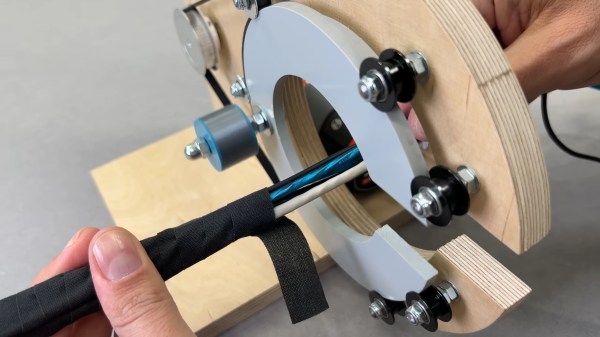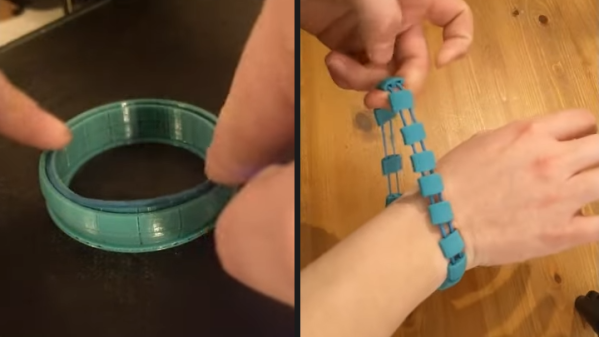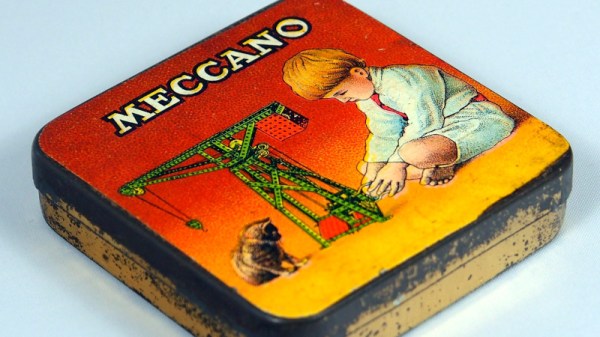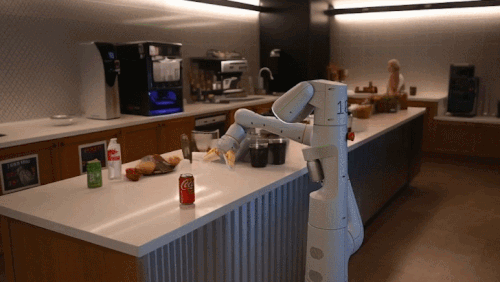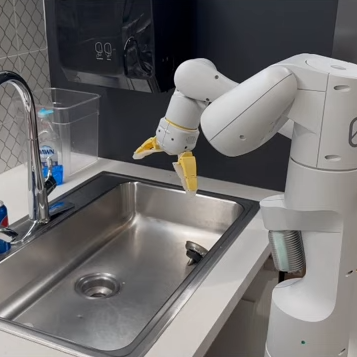The seminal 1993 first-person shooter from id Software, DOOM, has become well-known as a test of small computer platforms. We’ve seen it on embedded systems far and wide, but we doubt we’ve ever seen it consume as little power as it does on a specialized neural network processor. The chip in question is a Syntiant NDP200, and it’s designed to be the always-on component listening for the wake word or other trigger in an AI-enabled IoT device.
DOOM running on as little as a milliwatt of power makes for an impressive PR stunt at a trade show, but perhaps more interesting is that the chip isn’t simply running the game, it’s also playing it. As a neural network processor it contains the required smarts to learn how to play the game, and in the simple circular level it’s soon picking off the targets with ease.
We’ve not seen any projects using these chips as yet, which is hardly surprising given their niche marketplace. It is however worth noting that there is a development board for the lower-range sibling chip NDP101, which sells for around $35 USD. Super-low-power AI is within reach.


